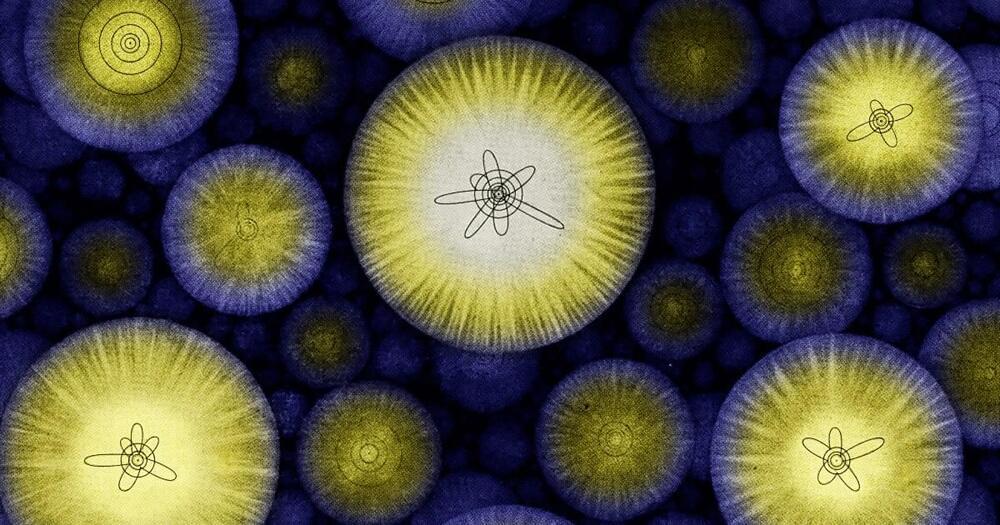A new type of star may eventually collapse and become a magnetar – a highly magnetic neutron star, whose origins have been a cosmic mystery for decades.
By Leah Crane

A new type of star may eventually collapse and become a magnetar – a highly magnetic neutron star, whose origins have been a cosmic mystery for decades.
By Leah Crane
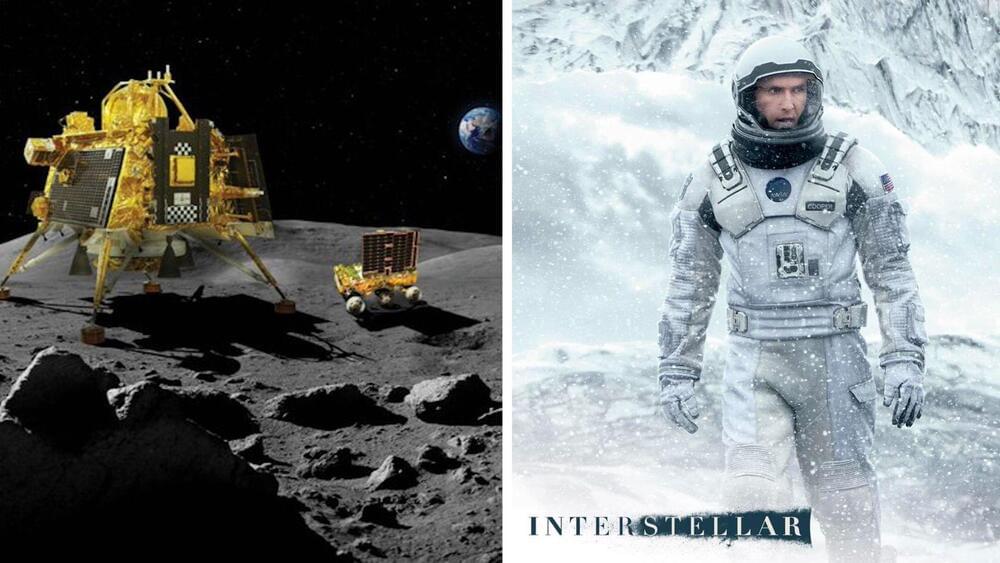
In fact, India’s epic Chandrayaan-3 lunar landing was cheaper than a string of Hollywood sci-fi epics.
India successfully performed a soft touchdown near the lunar south pole on Wednesday, August 23, for its Chandrayaan-3 mission.
By doing so, it made history by becoming the first nation to land on that region of the lunar surface as well as the fourth country to ever land on the Moon.
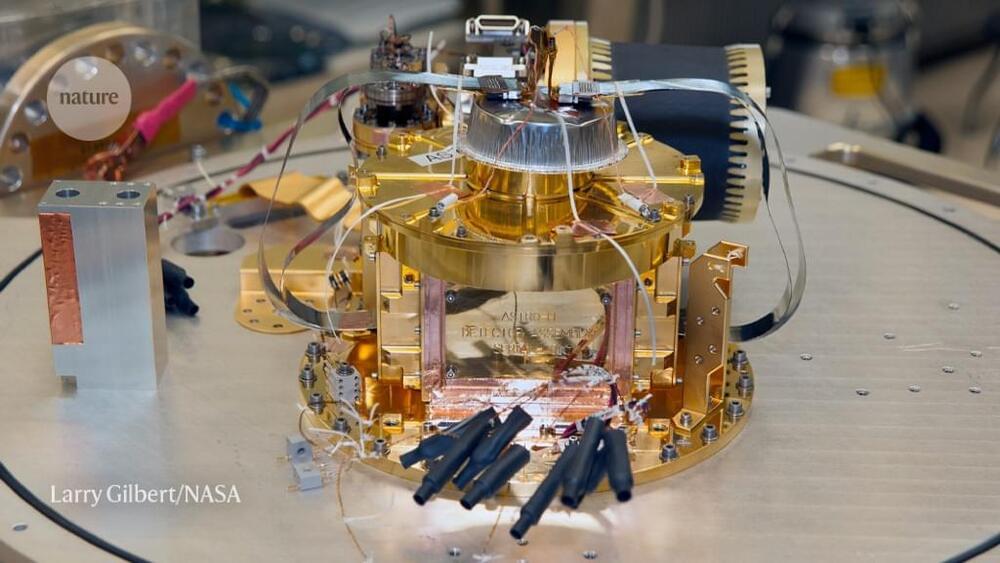
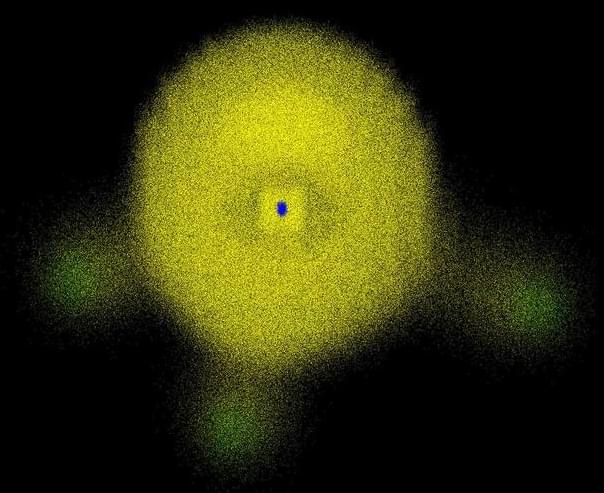
The association between this mass concentration and the idea that atoms are empty stems from a flawed view that mass is the property of matter that fills a space. However, this concept does not hold up to close inspection, not even in our human-scale world. When we pile objects on top of each other, what keeps them separated is not their masses but the electric repulsion between the outmost electrons at their touching molecules. (The electrons cannot collapse under pressure due to the Heisenberg uncertainty and Pauli exclusion principles.) Therefore, the electron’s electric charge ultimately fills the space.
Anyone taking Chemistry 101 is likely to be faced with diagrams of electrons orbiting in shells.
In atoms and molecules, electrons are everywhere! Look how the yellow cloud permeates the entire molecular volume in Figure 1. Thus, when we see that atoms and molecules are packed with electrons, the only reasonable conclusion is that they are filled with matter, not the opposite.
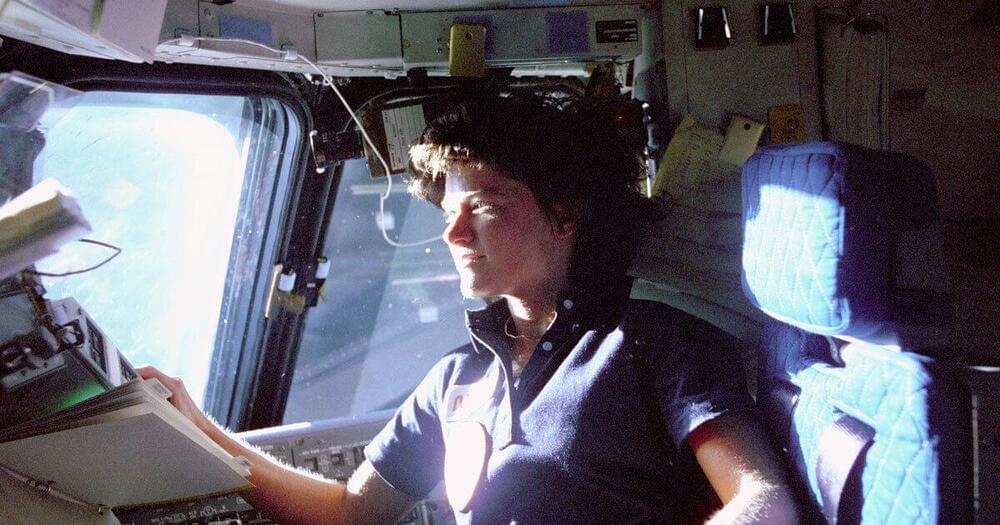

India’s moon rover is now also on the moon, moving around and leaving its imprint on the soil, said a senior official of the Indian space agency.
“The rover rolled down onto the moon surface from the lander sometime around 12.30 a.m. Thursday. It is moving around. It is leaving its imprint on the moon’s surface,” Dr. S. Unnikrishnan Nair, Director, Vikram Sarabhai Space Centre (VSSC) told IANS.
The logo of Indian Space Research Organisation (ISRO) and the national emblem have been engraved on the wheels of the rover to leave the imprint when it moves around.
The junk-on-junk collision created even more space junk, not to mention a headache for the scientists working on the ESA’s clean up mission.
O.o!!
Ever since Voyager 2 flew past Neptune in 1989, the giant dark smudges that appear in the distant planet’s atmosphere have presented a strange puzzle.
Now, for the first time, we have observed one with Earth-based instruments in unprecedented resolution, helping scientists figure out why those patches appear so dark and why they are so different from spots on other planets.
“Since the first discovery of a dark spot, I’ve always wondered what these short-lived and elusive dark features are,” says astronomer Patrick Irwin of the University of Oxford in the UK.

Disavowal, though, is not only about waste. The disavowal of dark truths is arguably a theme of modernity itself. Modern practices around death are revealing in this regard: In many traditional societies, a corpse is kept in the family space until its burial; in most modern societies, the dead body is carted off immediately. Embalming is common to halt (and hide) the process of decay. It is precisely this approach that Lee’s mushroom burial suit is critiquing.
From a fungal vantage point, this system is indeed psychotic. Mycoremediation may not be the systemic intervention that was hoped for, but as an expression of one’s personal concern for our toxified landscape, it is far from insignificant. Rather, it is a tangible way for people without much institutional power to engage in the ongoing fight against environmental damage, to try to contain the disasters seeping around us. As a domestic intervention, mycoremediation is modest but culturally meaningful — a method of repair and reconnection.
The power of fungi comes from the proximity they have with dark truths: the abject, the mess we need to face, mortality, vitality, kinship. In other contexts, this proximity elicits wariness, but in our current crisis, it holds the possibility of a healing power — a pharmacological power. Fungi can take on the mess and the junk, break it down and transform and incorporate it rather than ignore it.
